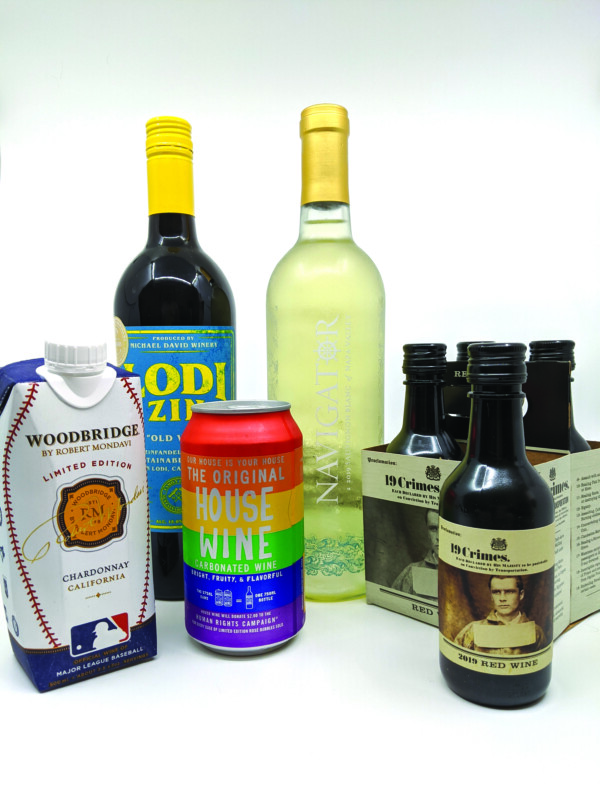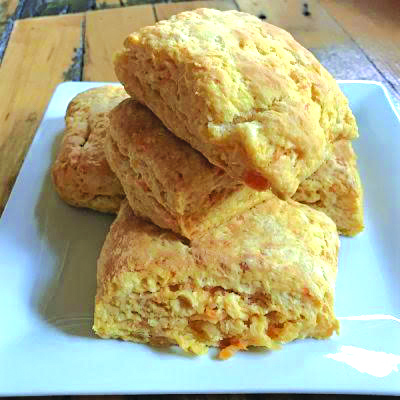Eye-catching packaging, tasty wines
Traditionally grapes were picked, vinified, sometimes aged, and then bottled and sealed with a cork and foil or wax. The bottles were finished with simple labels identifying the vineyard or blender, grape varietals and vintage. The bottles were loaded into cardboard boxes or wooden crates and sent off to distributors for sale.
While the bulk of the wine industry still operates this way, the marketing of wine has evolved to appeal to a larger and younger market. There was a huge outcry when vintners started to put screw caps on bottles. There were claims that the screw tops would fail; they would not keep the wine from spoiling. Fact is that screw tops have replaced corks on many wines. Next came “box wine” — the wine that can be loaded onto the shelf of a refrigerator and tapped when one wants a glass of chardonnay. Then came “wine in a can.” A can is a perfect way to keep a carbonated beverage; why not make that beverage a wine?
The packaging and marketing of wine has become an industry unto itself. Several years ago, some vineyards commissioned artists to create labels for them. The label of the 2019 Navigator Sauvignon Blanc of Napa Valley (originally priced at $32.99, reduced to $14.99 at the New Hampshire Liquor & Wine Outlets) is a fine example of graphic artistry. The front label is very simple — just the wine’s name. The back of the bottle has an array of constellations, printed in white, with a sailing ship, printed in black, above blue scrolling ocean waves. This entire image is meant to be viewed through the bottle, magnified by the straw-colored wine. What a marvelous idea! The wine has a slight fruit nose, along with herbal lavender. To the mouth it is citric — a favoring lemongrass. A perfect wine to pair with seafood.
Another direction in marketing is to appeal to basic pleasures. The label of the 2018 Michael David Winery Old Vine Lodi Zinfandel (originally priced at $15.99, reduced to $12.99 at the New Hampshire Liquor & Wine Outlets) is an example of simplicity. The label refers to “Zinfandel grapes sustainably farmed in Lodi, California.” Modestly priced and presented, this wine is bold. The dark purple, opaque color and fruit-laden nose lead to notes of black raspberry, vanilla, some cinnamon and a touch of pepper. This wine is designed and marketed for a “kick-back” barbecue with friends.
Australian Thomas Angove invented boxed wine in 1965. Improved upon in 1967, with the creation of an air-tight tap welded to the plastic bag, his invention became salable. The science behind this packaging is simple; the wine is removed from the bag without adding air, thus removing the potential for oxidation of the remaining wine. The original large box containers have evolved into single-serve sizes. The Woodbridge Limited Edition Mondavi California Chardonnay (originally priced at $4.99, reduced to $3.99 at the New Hampshire Liquor & Wine Outlets) is packaged in 500 ml boxes. This results in three and a half 5-ounce servings. The packaging notes this has been proclaimed the “Official Wine of Major League Baseball.” The color is the classic gold color of a California chardonnay, with aromas of apple and pear. The nose carries through to the tongue with a toasty finish, perfect for pairing with roast chicken, eaten on a picnic.
Wine in a can? Why not? Beer has been put into cans since the mid-’30s! The House Wine Limited Edition Rosé Bubbles, 3.75 ml (originally priced at $5.99, reduced to $4.99 at the New Hampshire Liquor & Wine Outlets), was conceived in 2004 by ex-rock ’n’ roll manager and wine maker Charles Smith in Walla Walla, Washington. It is marketed as a “serious wine made by not so serious people.” The wine has a pale pink color and aromas of fresh berries with lively citric notes on the tongue. This is a light wine that can be paired with soft cheeses or enjoyed by itself on a warm afternoon.
19 Crimes 2019 Red Wine (priced at $11.99 at the New Hampshire Liquor & Wine Outlets) appears at first to be a novelty. Each bottle in the miniature four-pack is 187 ml, or a six-ounce serving. Produced in Australia by Treasury Wine Estates, it is a blend of mostly shiraz, with traces of other grapes. This is a bold red wine with a dark red color, dark cherries to the nose carrying through to the tongue, with firm tannins on the mid-palate. The packaging is novel, as it identifies the 19 crimes punishable by transportation from the U.K. to 19th-century Australia. Several criminals and their crimes are identified on the packaging!
The packaging and marketing of wine have indeed evolved with our changing world of marketing. Try some of these alternatives.
Featured photo: Courtesy photo.







